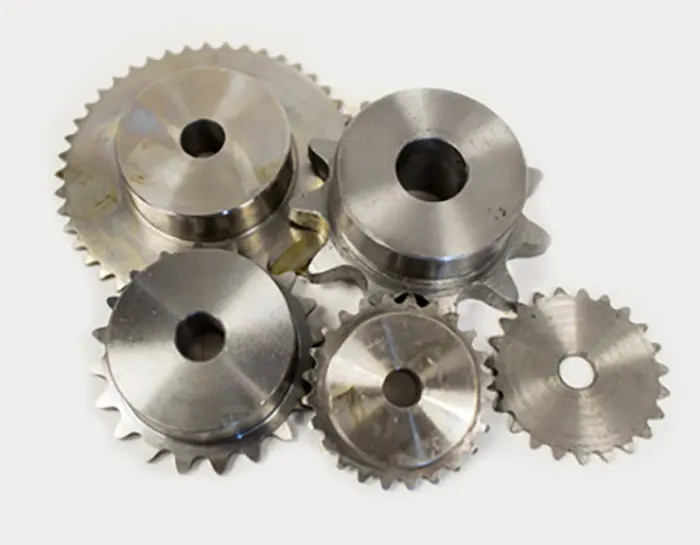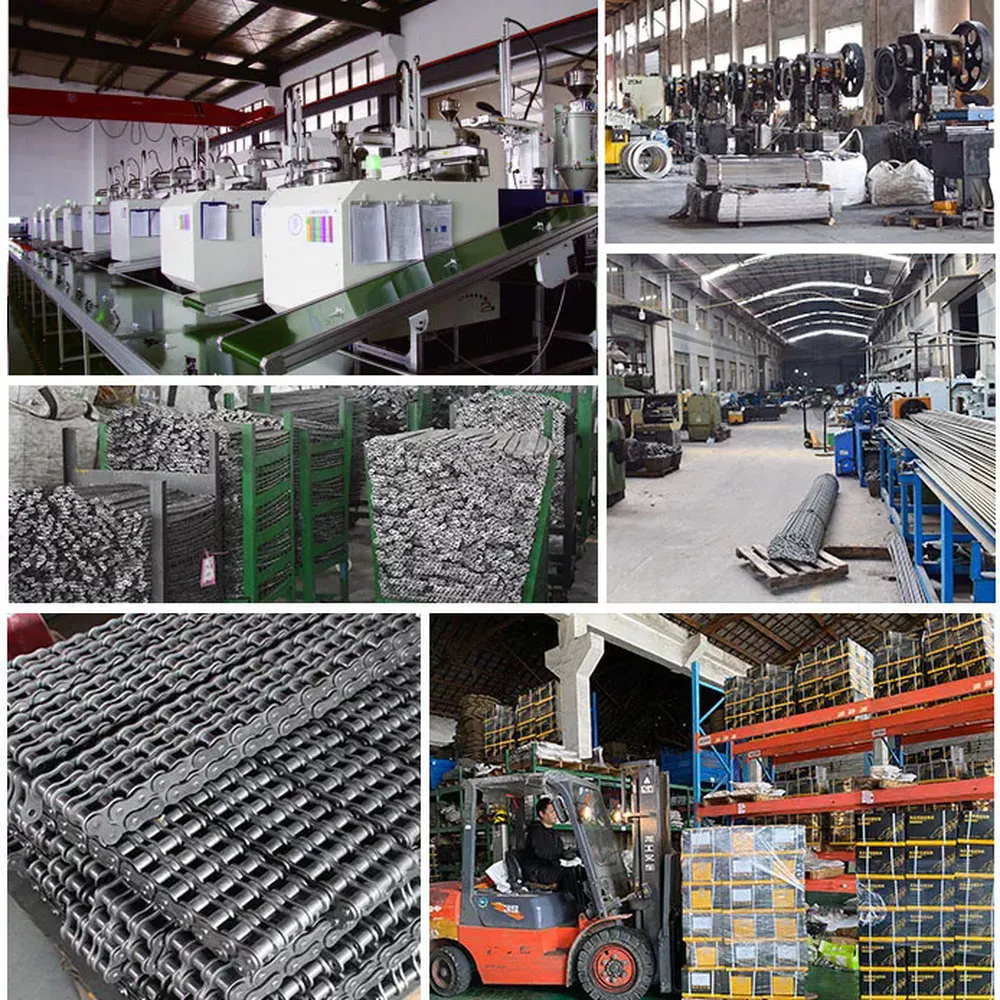In controlled environment aquaculture feeding systems, the use of stainless steel table top plate chains is of utmost importance. These chains play a crucial role in ensuring efficient and reliable feeding processes. They are specifically designed to meet the unique requirements of this application and offer significant advantages over other types of chains. The use of stainless steel top plate chains ensures durability, corrosion resistance, and ease of maintenance, making them an ideal choice for controlled environment aquaculture feeding systems.
Materials
1. 304 Stainless Steel
304 stainless steel is a versatile stainless steel that offers excellent corrosion resistance and wear resistance. It is widely used in various applications due to its durability and reliability.
2. 316 Stainless Steel
316 stainless steel is an enhanced version of 304 stainless steel with the addition of molybdenum. It offers superior corrosion resistance, especially in chloride environments.
3. 420 Stainless Steel
420 stainless steel is known for its exceptional wear resistance and heat resistance. It is well-suited for applications where high temperatures and abrasion are common.
Chain Structure and Composition
The stainless steel table top plate chain consists of two main components:
1. Chain Plates
The chain plates serve as the main body of the conveying chain. They are made of stainless steel and are pressed to form a smooth surface that is easy to clean.
2. Needle Rollers
The needle rollers connect the chain plates, forming a flat surface for smooth and efficient conveying.
Applications
The stainless steel table top plate chains are widely used in various applications related to controlled environment aquaculture feeding systems. Some specific applications include:
- Feeding systems in fish farms
- Feeding systems in shrimp farms
- Feeding systems in hatcheries
- Feeding systems in aquaponics
Why Choose Stainless Steel Table Top Plate Chains for Controlled Environment Aquaculture Feeding Systems?
There are several reasons why stainless steel table top plate chains are the ideal choice for controlled environment aquaculture feeding systems:
- Corrosion Resistance: The stainless steel chains have excellent resistance to corrosion, ensuring long-term durability even in harsh aquatic environments.
- Wear Resistance: These chains are specifically designed to withstand wear and tear, ensuring reliable performance and minimal maintenance.
- Hygienic Design: The smooth surface of the chain plates and the ease of cleaning make them suitable for applications where hygiene is crucial.
- Customizability: The stainless steel table top plate chains can be customized to meet specific requirements and dimensions, providing versatility for different feeding system setups.
Maintenance and Care
To ensure the longevity and optimal performance of stainless steel table top plate chains, proper maintenance and care are essential. Here are some maintenance tips:
- Regularly clean the chains to remove any debris or contaminants.
- Inspect the chains for any signs of wear or damage and replace as necessary.
- Apply lubrication to reduce friction and maximize chain efficiency.
- Keep the chains properly tensioned to prevent sagging or excessive slack.
Stainless Steel Sprockets for Chains
Stainless steel sprockets are essential components that work in conjunction with the table top plate chains. They play a crucial role in transmitting motion and ensuring smooth chain operation. The sprockets are designed to match the specifications of the chains, offering a reliable and efficient feeding system. Our company also provides compatible sprockets to complement the stainless steel table top plate chains.
About Our Company
With over 20 years of experience, our company has evolved into a reputable manufacturer of stainless steel chains. We specialize in the design, manufacturing, and sales of high-quality chains for various industries. Our products are compliant with international standards such as GB, ISO, ANSI, and DIN. We offer a wide range of chains, including precision roller chains, conveyor chains, attachment chains, welded chains, tabletop plate chains, and sprockets. Our chains are made from high-grade stainless steel materials such as 304, 310, 321, 316, 410, 420, 431, 630, and 2205, ensuring superior strength, corrosion resistance, and longevity. Our products are widely used in food processing, pharmaceuticals, electronics, appliances, automotive manufacturing, machinery, metallurgy, wastewater treatment, and more. We also provide customization services based on customer specifications. Our company is ISO 9001:2015, ISO 14001:2015, and GB/T9001-2016 certified, reflecting our commitment to quality and customer satisfaction.
Q&A
Q1: Can stainless steel table top plate chains be used in saltwater environments?
A1: Yes, stainless steel table top plate chains, particularly those made from 316 stainless steel, are highly resistant to corrosion in saltwater environments. They are designed to withstand the corrosive effects of saltwater, making them suitable for aquaculture feeding systems.
Q2: Are the stainless steel table top plate chains easy to install?
A2: Yes, the stainless steel table top plate chains are designed for easy installation. They are available in various sizes and can be easily assembled and adjusted to fit different feeding system configurations.
Q3: Can the stainless steel chains withstand high temperatures?
A3: Yes, certain stainless steel grades, such as 420 stainless steel, have excellent heat resistance properties. These chains can withstand high temperatures commonly encountered in aquaculture feeding systems.
Edited by Zqq







